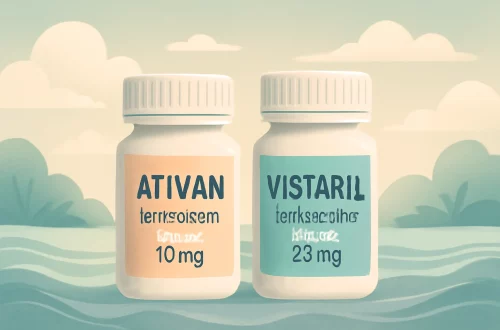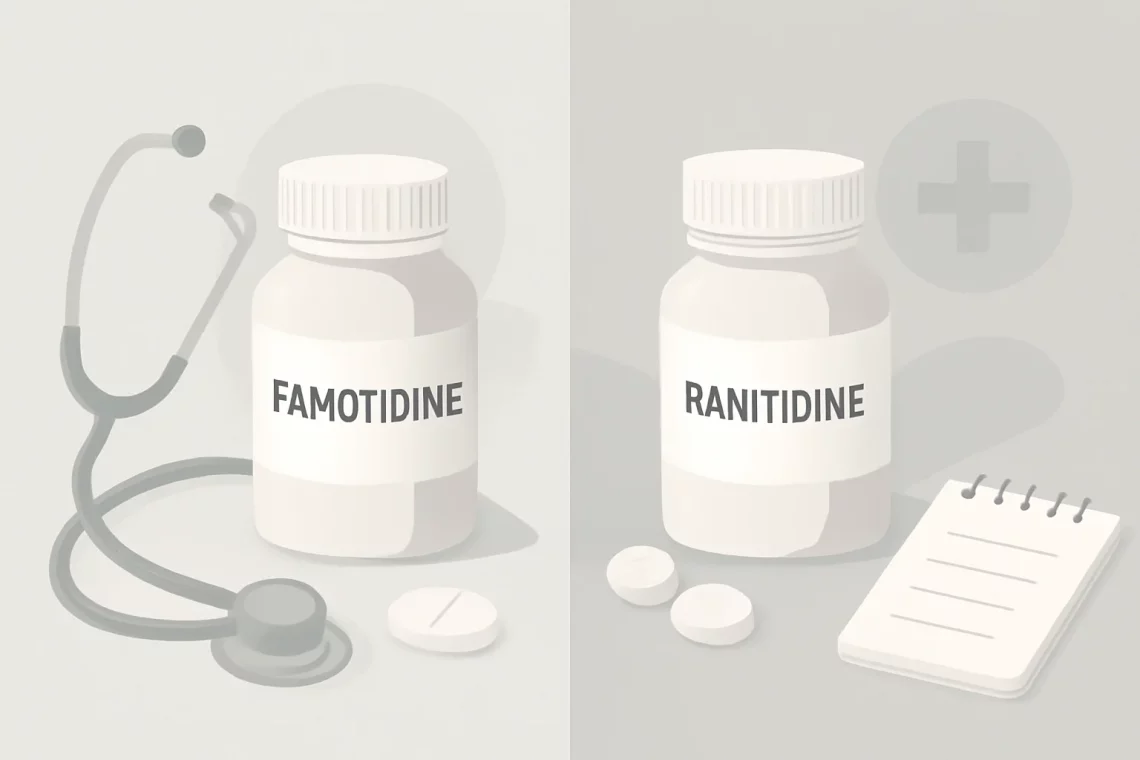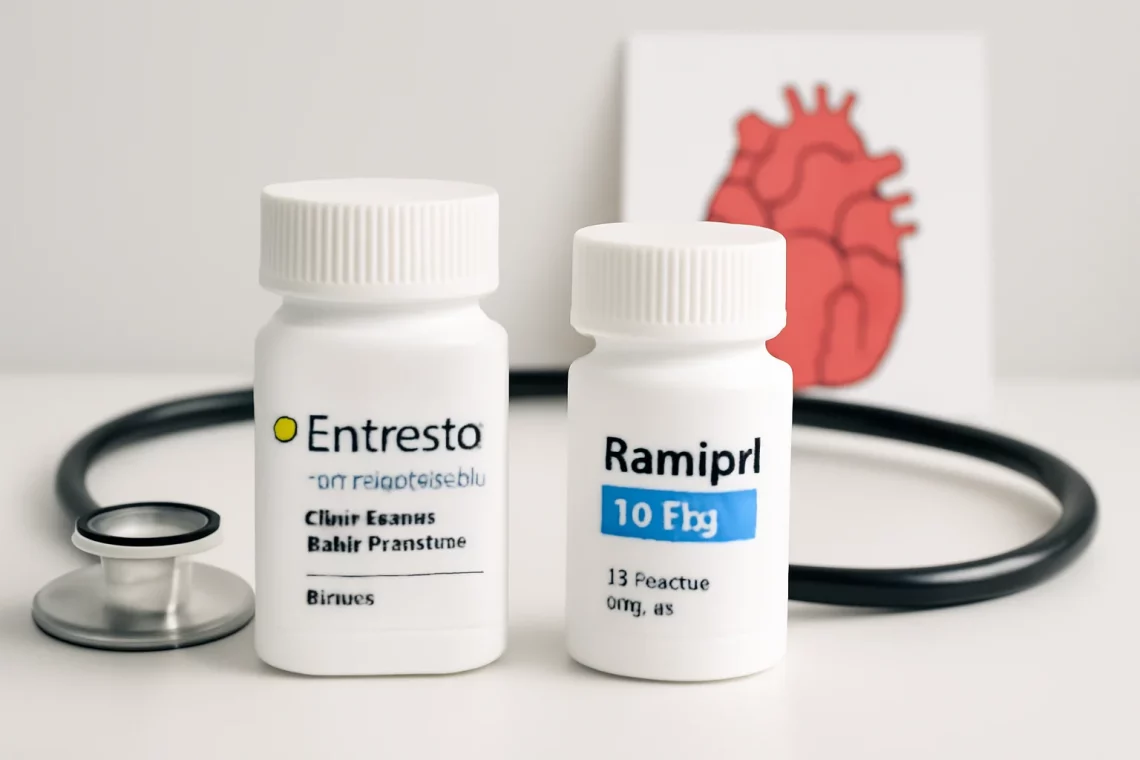-
Ozempic vs Rybelsus: Which Diabetes Treatment is Right for You?
Ozempic and Rybelsus are two medications that have gained significant attention in recent years for their role in managing type 2 diabetes. Both of these drugs belong to a class of medications known as GLP-1 receptor agonists, which have been shown to help regulate blood sugar levels effectively. However, despite their similar mechanisms of action, there are distinct differences between the two that can influence a patient’s choice in treatment. As the prevalence of type 2 diabetes continues to rise globally, understanding the options available for managing this condition has never been more crucial. Both Ozempic and Rybelsus offer unique benefits and potential drawbacks, making it essential for patients and…
-
Biktarvy vs Complera: Which HIV Treatment is Right for You?
Biktarvy and Complera are two prominent antiretroviral medications used in the management of HIV infection. As the landscape of HIV treatment continues to evolve, patients and healthcare providers are often faced with the challenge of selecting the most suitable therapy to ensure effective viral suppression while minimizing side effects. Both Biktarvy and Complera have demonstrated efficacy in clinical trials, but they differ in their compositions, mechanisms of action, and dosing regimens. Understanding these differences is crucial for patients who are navigating the complexities of HIV treatment. Factors such as adherence to the medication regimen, potential side effects, and the patient’s overall health condition play significant roles in determining the best…
-
Meloxicam vs Advil: Which Pain Reliever is Right for You?
Meloxicam and Advil are two commonly used medications for pain relief and inflammation reduction. They belong to different classes of drugs and are prescribed or purchased over-the-counter for various conditions, from arthritis to headaches. Understanding the differences between these medications, their mechanisms of action, and potential side effects can help individuals make informed decisions about their pain management options. Meloxicam is a nonsteroidal anti-inflammatory drug (NSAID) primarily used for treating osteoarthritis and rheumatoid arthritis. It works by inhibiting certain enzymes in the body that contribute to inflammation and pain. On the other hand, Advil, which is the brand name for ibuprofen, is a widely recognized over-the-counter NSAID that is commonly…
-
Tramadol vs Morphine: Understanding Pain Relief Options
Tramadol and morphine are two well-known medications often used for the management of pain, but they belong to different classes of drugs and have distinct properties. Understanding the similarities and differences between these two opioids can be crucial for patients, healthcare providers, and caregivers. Pain management is an essential aspect of medical care, and the choice of medication can significantly impact a patient’s quality of life. While both tramadol and morphine are effective in alleviating pain, their mechanisms of action, side effects, and potential for dependency vary. This complexity often leads to confusion among patients who may not be fully aware of what each medication entails. The opioid crisis has…
-
Gemtesa vs Oxybutynin: Which Bladder Treatment Is Right for You?
In recent years, the management of urinary conditions has become a focal point in modern medicine. As the prevalence of issues such as overactive bladder (OAB) continues to rise, a range of treatment options has emerged to help individuals regain control over their symptoms. Among these options are prescription medications, specifically Gemtesa and Oxybutynin, both of which have garnered attention for their effectiveness in alleviating symptoms associated with urinary urgency and frequency. These medications work through different mechanisms, targeting various pathways in the body to provide relief. As patients seek solutions, understanding the distinctions between these two drugs becomes crucial. Each offers unique benefits and potential side effects, which can…
-
Famotidine vs Ranitidine: Which Antacid is Right for You?
Famotidine and ranitidine are two medications commonly used to treat conditions related to excess stomach acid, such as gastroesophageal reflux disease (GERD), peptic ulcers, and gastritis. Both belong to a class of drugs known as H2 blockers, which work by inhibiting the action of histamine on the stomach’s H2 receptors. This action ultimately decreases the amount of acid produced by the stomach. Understanding the differences and similarities between these two medications can be crucial for patients dealing with acid-related disorders. While both famotidine and ranitidine serve similar purposes, they have distinct properties, side effects, and usage guidelines. The choice between the two might depend on various factors, including individual health…
-
Metoprolol vs Toprol XL: Key Differences and Similarities Explained
Metoprolol and Toprol XL are frequently discussed in the context of cardiovascular health, particularly for individuals managing conditions like hypertension and heart disease. Both medications belong to a class of drugs known as beta-blockers, which work by blocking the effects of adrenaline on the heart and blood vessels. This action reduces heart rate, blood pressure, and strain on the heart, making these medications effective for various heart-related issues. The distinction between Metoprolol and Toprol XL often confuses patients and healthcare providers alike. While they share a common active ingredient, their formulations and dosing regimens can differ significantly. Understanding these differences is crucial for patients who are prescribed these medications, as…
-
Mounjaro vs Bydureon: A Comprehensive Comparison of Diabetes Treatments
Mounjaro and Bydureon are two significant medications in the realm of diabetes management, particularly for individuals battling Type 2 diabetes. As the prevalence of this condition continues to rise, so does the need for effective treatments that not only help manage blood sugar levels but also cater to the overall well-being of patients. Both Mounjaro and Bydureon have emerged as popular options, each boasting unique mechanisms of action and benefits. Mounjaro, with its innovative approach, utilizes a dual-action formula that targets multiple pathways involved in glucose control. This offers patients a more comprehensive solution for managing their diabetes. On the other hand, Bydureon, a well-established medication, has been available for…
-
Metoprolol vs Bisoprolol: Key Differences and Similarities Explained
Metoprolol and bisoprolol are two commonly prescribed medications that belong to the class of drugs known as beta-blockers. These medications are primarily used to manage cardiovascular conditions, including hypertension (high blood pressure), heart failure, and certain types of arrhythmias (irregular heartbeats). Beta-blockers work by blocking the effects of adrenaline on the heart, which helps to reduce heart rate and lower blood pressure. In recent years, there has been significant discussion among healthcare providers and patients regarding the differences and similarities between metoprolol and bisoprolol. Both medications have proven effective, but they do have distinct characteristics, mechanisms of action, and side effect profiles that may influence the choice of one over…
-
Entresto vs Ramipril: Which Heart Failure Treatment is Better?
Heart disease remains one of the leading causes of morbidity and mortality worldwide. As healthcare continues to evolve, so do the treatment options available to patients struggling with cardiovascular issues. Among the various medications prescribed, Entresto and Ramipril have emerged as two prominent choices for managing heart failure and hypertension. Both medications serve critical roles in treating cardiovascular conditions, yet they operate through different mechanisms and offer distinct benefits and potential side effects. Understanding the nuances between these two drugs is essential for patients and healthcare providers alike. Each medication has its unique composition, dosing strategies, and indications, making it vital to grasp how they compare in effectiveness and safety.…






































